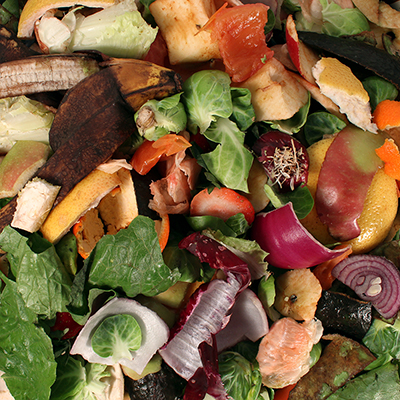How to Compost
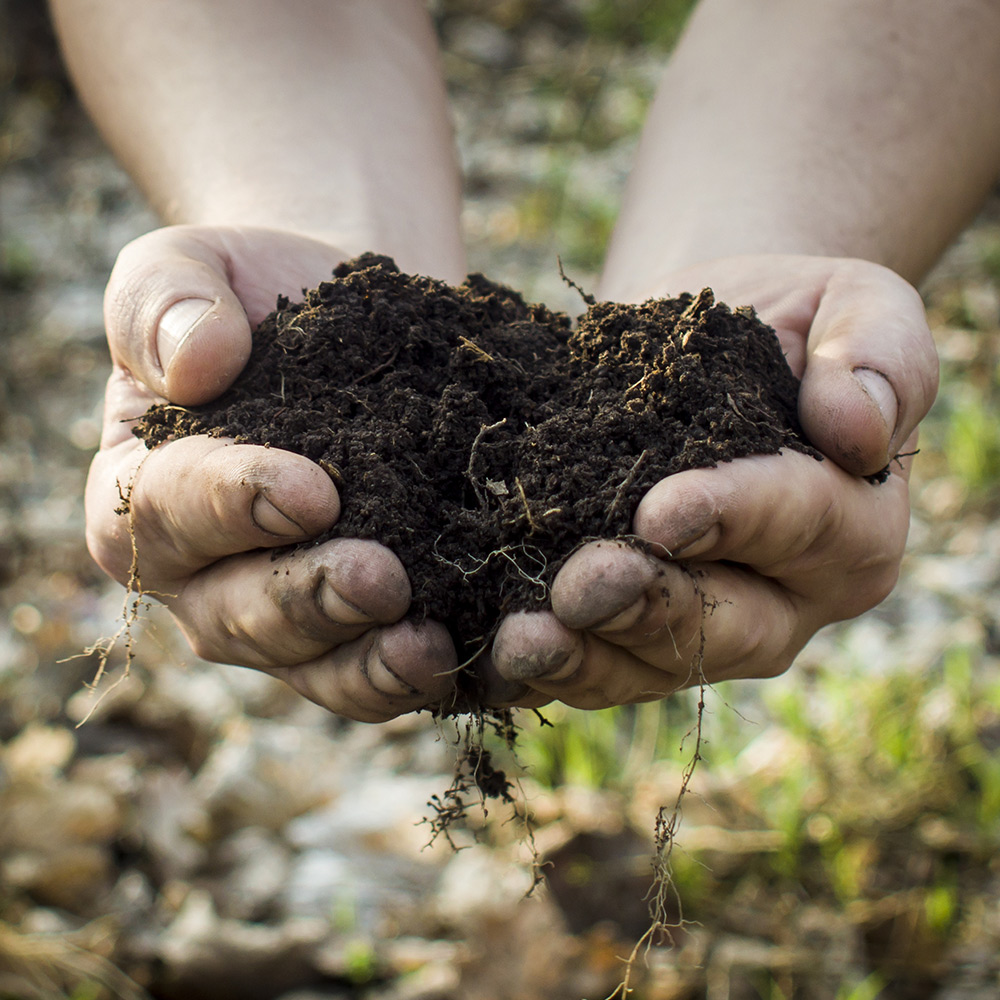
Last updated September 7, 2023
Learn how to compost and get tips on how to start using scraps from your table and garden to create nutrient-rich soil. Making compost with organic matter like grass clippings and kitchen scraps is an environmentally friendly way to do your part to reduce waste in landfills.
The best part comes when your compost bin produces gardener’s black gold for your plants. Your garden will love the nutrients from the compost when you add it to the soil.
Read on to learn how to make compost using vegetable scraps and yard waste. Find out about types of composters and what not to compost.
Difficulty:
Beginner
Duration:
Over 1 day
Table of Contents
What is Composting?
Keep a Pail
Types of Composting
Compost Location and Size
Hot Composting vs. Cold Composting
Start with the Right Composter
What is Composting?
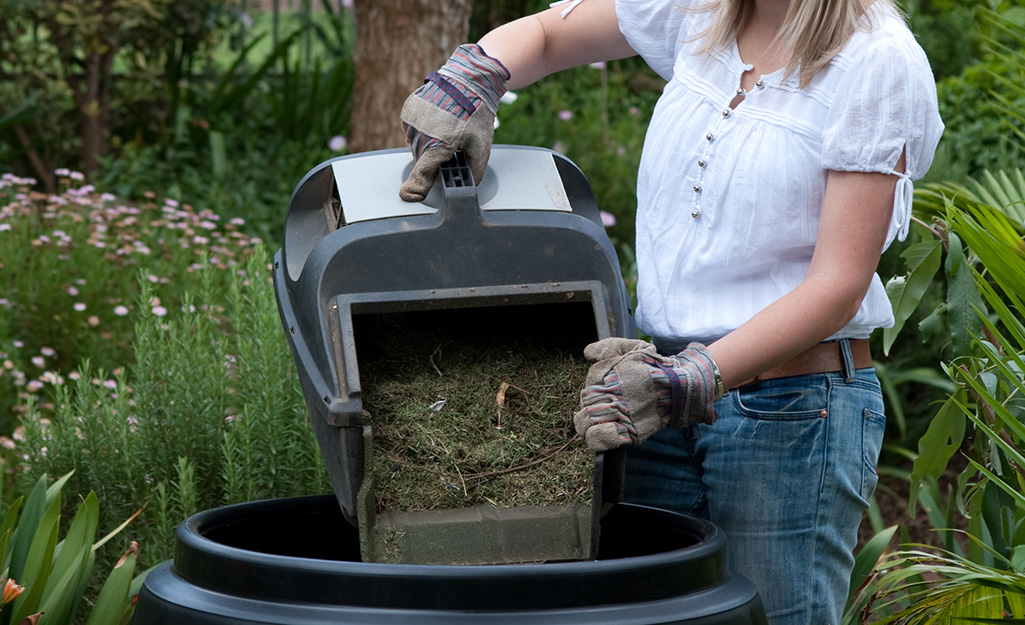
Composting is recycling plant and food waste into nutrient-rich garden soil. According to the EPA, up to 30 percent of garbage is actually food scraps and yard waste. When you make compost at home, you will reduce your carbon footprint and the amount of waste that goes into landfills.
Four basic elements are needed to make your own compost: the right organic material, water, air and microorganisms that break down waste. You need a collection system in your house, and a bin outside.
Keep a Pail

Consistently collecting kitchen waste is key to a good composting plan. Make things easy by keeping an indoor compost pail near your cutting board in the kitchen, and add tops, tails and peels from root vegetables, outer leaves from cabbage and greens and even paper towels. From there, you can transfer the scraps to an outdoor bin for pickup or creating your own compost.
Some states and municipalities require at-home collection of food scraps and yard waste to reduce pressure on landfills. The waste is used to produce mulch, compost and bio-fuel. Follow local guidelines to learn what you can include with your scraps. Some municipalities will collect dairy, meat and oil, but most do not.
If you’re making compost at home, do not add meat, dairy or eggs (eggshells are ok) to your compost pile for a couple of reasons: most at-home piles do not generate enough heat to effectively break down the proteins, and those scraps will attract animals.
Kitchen scraps for your compost:
- Coffee grounds and filters
- Eggshells (crushed)
- Fruit peels and cores
- Juice pulp
- Nut shells
- Paper food containers
- Paper plates
- Tea leaves and tea tags
Tip: Diseased plants and pet waste should be bagged and disposed of in trash, not compost collection.
Types of Composting

Three of the most common types of composting include pile composting, vermicomposting and container composting.
- A compost pile is the most popular with homeowners. It doesn’t require a large amount of organic material or experience. Just remember to frequently turn the pile.
- Vermicomposting uses worms to decompose the organic materials. This can happen naturally if you’re composting directly onto the ground. Or you can purchase worms to add to your compost container.
- Container composting uses bins, sacks or tumbler bins. Tumbler bins can be turned manually or may require electricity.
Tip: Citrus peels take a long time to break down. It’s best to add them to a traditional compost pile instead of a worm bin.
Compost Location and Size
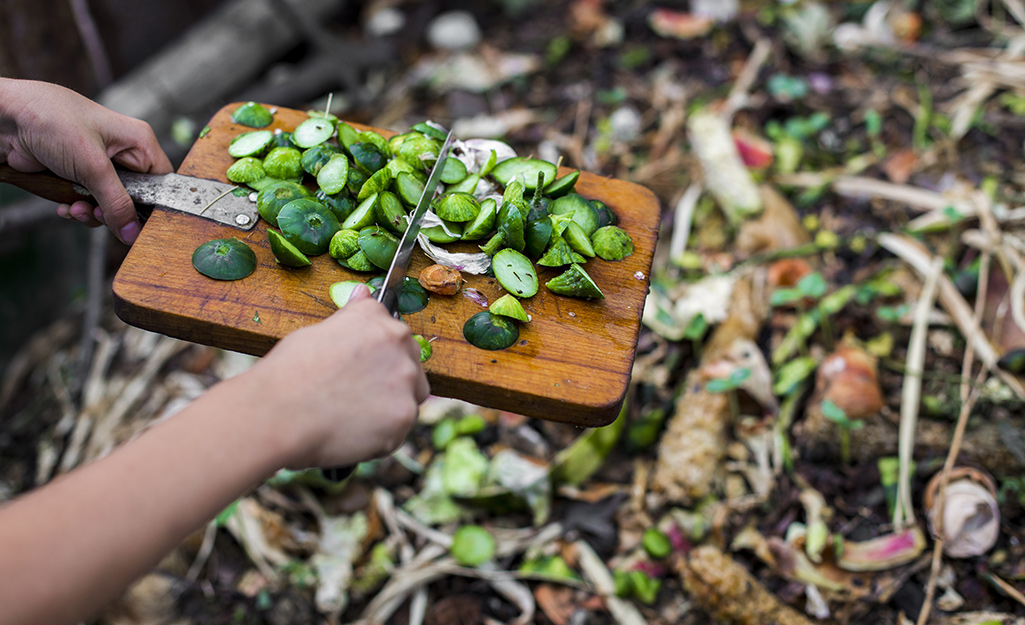
Choose an isolated place for your composting pile or container. Pick an out-of-the-way spot that won't be disturbed and is easily accessed. A back corner in a yard or the side of a garage will work. Partial shade is best.
Keep in mind that composting is a process. Select an area large enough to add additional containers or piles. Once a composting project starts to break down, you'll need room to start the process again with new organic materials.
If your compost bin or container has a tight-fitting lid, you shouldn’t have any issues with animals or unpleasant odors. Remove anything that can block the air slits in the container. Airflow is vital for good composting.
If you’re pile composting on the ground, make sure the spot is level and drains well. Compost should be moist but not soaking wet. When making a pile, make sure it’s roughly 3- to 5-feet wide and no more than 3 feet high.
Hot Composting vs. Cold Composting
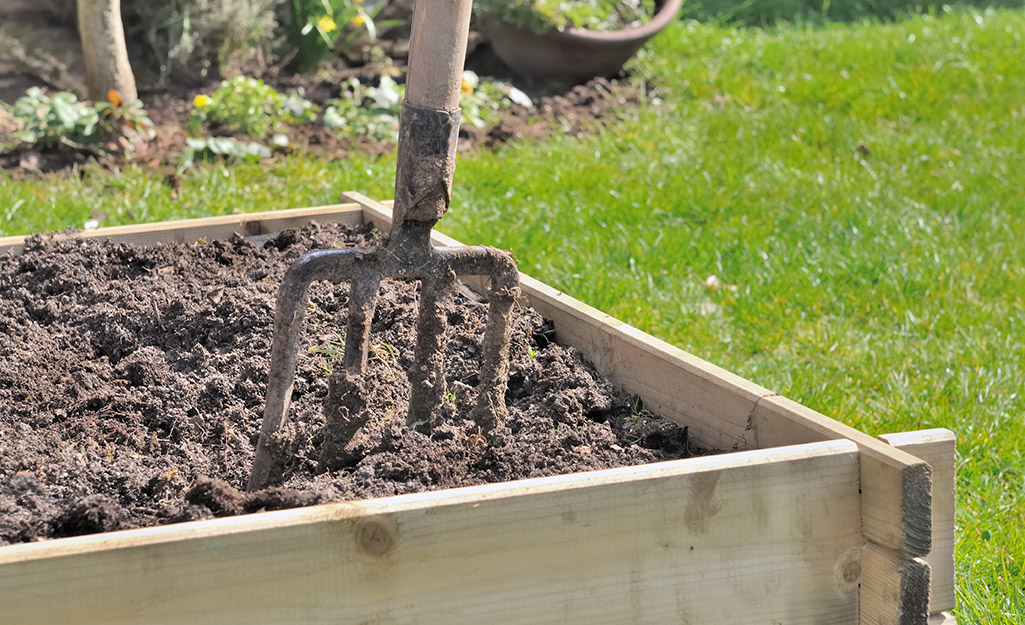
You can make your own compost using the "hot" method or the "cold" method. Breaking down organic matter is the work of fungi and microorganisms such as aerobic bacteria. This bacteria uses oxygen to produce heat as it eats. The more heat that is produced, the faster the decaying process. Using the hot composting method, you can reduce a fair amount of waste into compost in about a month.
Hot composting requires composting enough waste in one place to generate and maintain a temperature between 110 and 160 degrees Fahrenheit. This temperature range rapidly decomposes materials, plus, can kill weed seeds or plant diseases. Periodically check your composting project with a compost thermometer. The sweet spot for hot composting is around 140 degrees Fahrenheit.
If you’re not in a hurry to use your compost, consider cold or passive composting. Cold composting rarely gets above 90 degrees Fahrenheit. You don’t need any particular size compost pile or amount of waste materials. Turn it frequently with a pitchfork and you’ll get compost in about six months to a year.
Start with the Right Composter
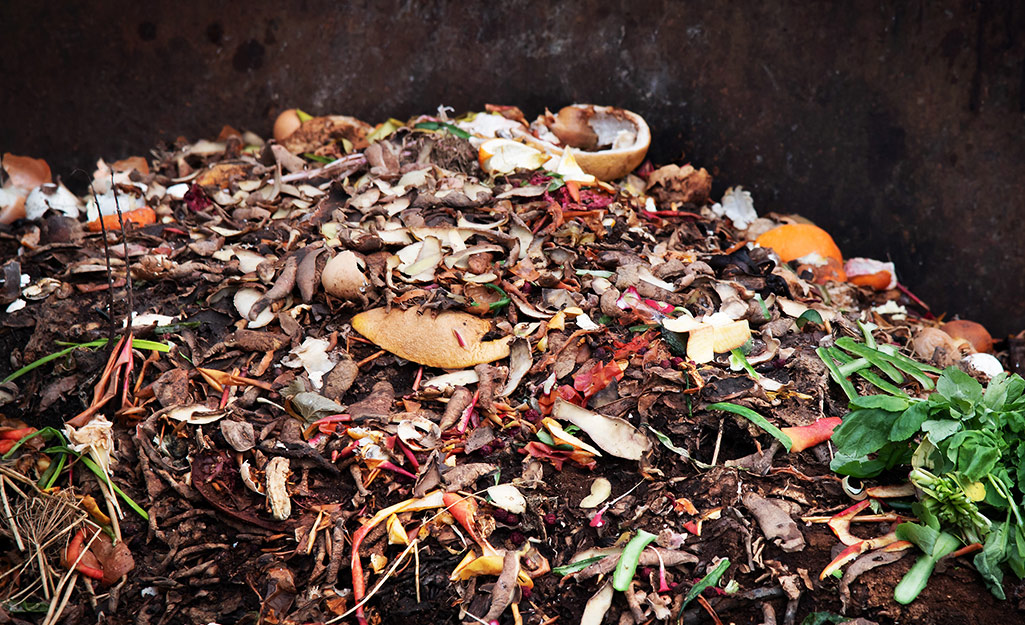
You can make a compost pile on the ground, in a raised garden bed or in a composter. Composters come in different designs, materials and sizes. Here are some popular compost containers:
- Tumbling compost bins are a low-maintenance solution. Turn the bin every few days. Or opt for a compost tumbler with an internal rotating bar that mixes the material.
- A combination compost bin and rain barrel will solve two gardening needs. Collect and reuse rainwater while composting organic matter.
- A composting sack is an ideal small-space solution. It’s quick, easy and portable.
- Recycled plastic or wood compost bins usually have a removable top. This makes it easier to turn the pile with a garden fork or shovel.
Use Layers
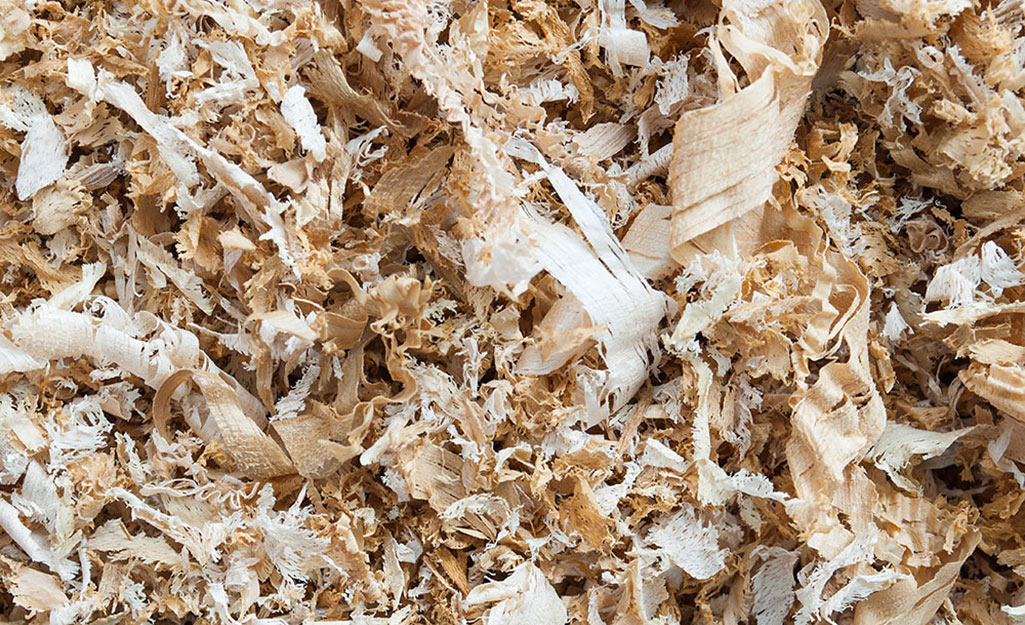
Green materials include kitchen waste, houseplants, grass and yard trimmings. Brown materials include shredded newspaper, paper, cardboard, dried leaves, untreated sawdust and wood chips. Layer the green and brown materials alternately in the bin or pile. Start with a 75 percent green layer topped with a 25 percent brown layer. Lightly spray each layer with water from a garden hose.
The amount of green and brown material you use will yield about half that amount in compost. For example, two pounds of organic material will produce about a pound of compost. How much you'll need to compost will depend on your needs.
Tip: A rotting odor results from overwatering or overcrowding the compost. Make sure to turn your compost often and keep it moist but not wet.
Let Earthworms Work Their Magic
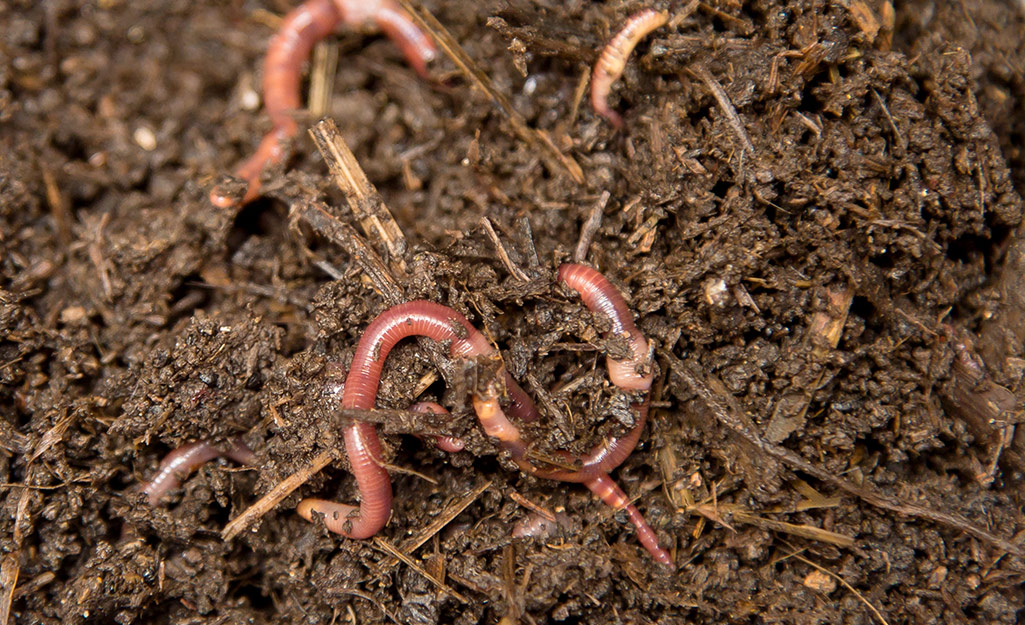
A pound of worms can consume almost a pound of green or brown organic waste a day. Earthworms will occur naturally in ground compost piles. You can add them to containers as well. Or you can make your own worm bin.
Called vermicomposting, using earthworms in your compost results in the added bonus of their castings. Vermicomposting can speed up the cold composting process since worms work best at 60 to 75 degrees Fahrenheit. If you're encouraging worm activity, your compost shouldn't get hotter than that.
Tip: Worms do best with waste that's in small pieces. Grind any eggshells before adding them to the composter. Avoid adding citrus peels like orange or lemon to a vermicompost system.
Composting Facts
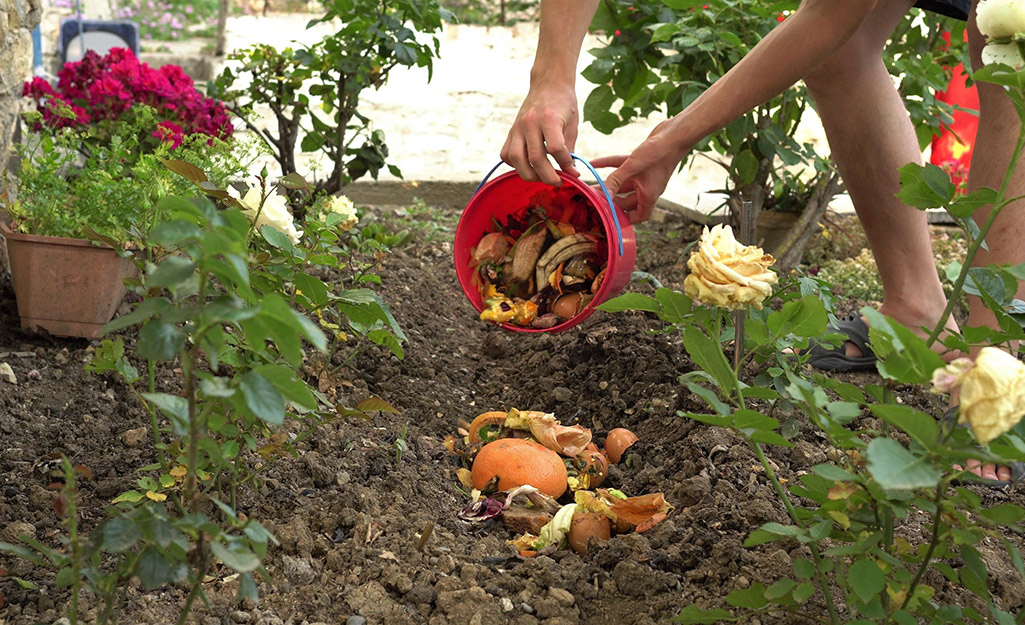
- Creating compost for your garden or landscape beds improves the soil and fuels healthy growth.
- Compost in the garden improves drainage and helps stop erosion.
- Compost aerates the soil and is especially beneficial for clay or heavy soil.
- Organic compost naturally feeds plant roots slowly for best results.
- Making your own compost reduces your carbon footprint and reduces pressure on landfills.
Knowing how to make your own compost is an ideal way to grow healthier plants. Nutrient-rich compost is made from a mix of organic waste. Layer green waste such as vegetable peelings and grass clippings with brown waste such as wood chips or cardboard.
You can use a compost container such as a tumbler or make a pile right on the ground. If you’d like to compost but don’t have the yard or the space, some cities offer community composting. Ready to order your compost bin or tools? The Home Depot delivers online orderswhere and when you need them.
